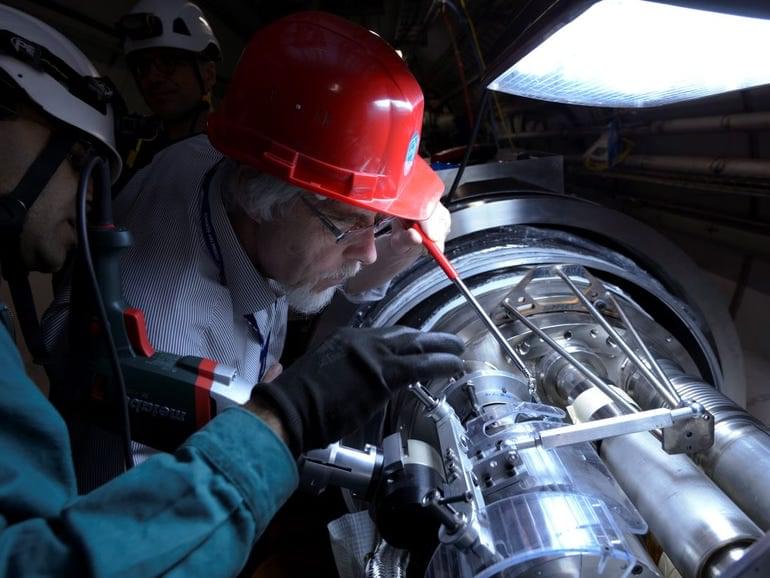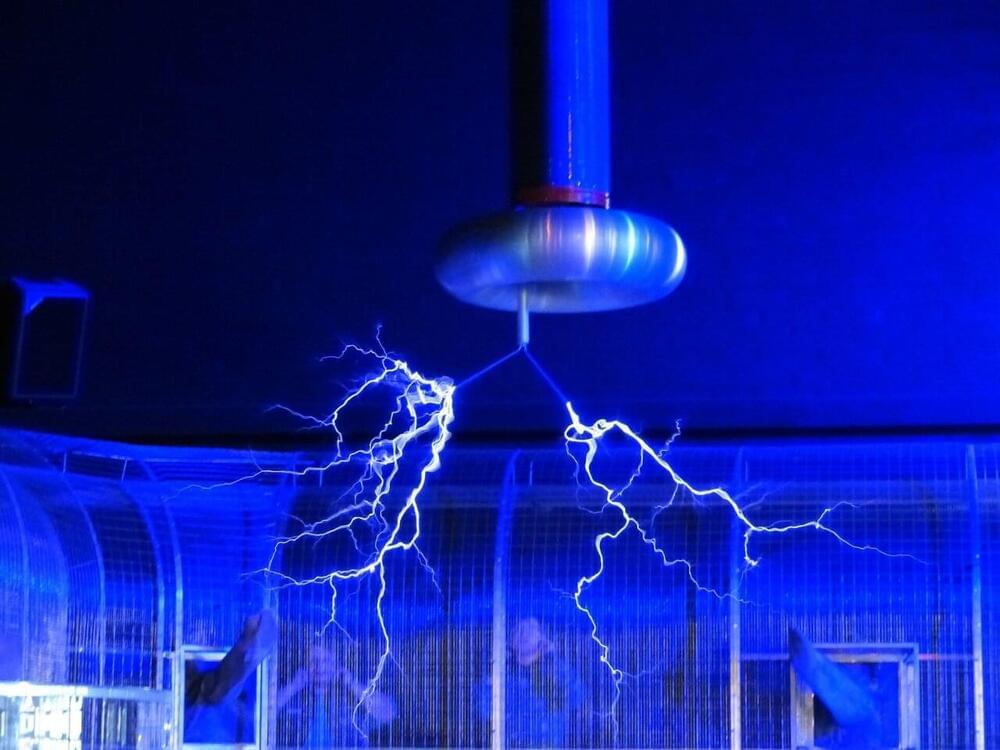Fujitsu said it will establish an AI ethics and governance office to ensure the safe and secure deployment of AI technologies.
To be headed by Junichi Arahori, the new office will focus on implementing ethical measures related to the research, development, and implementation of AI and other machine learning applications.
“This marks the next step in Fujitsu’s ongoing efforts to strengthen and enforce comprehensive, company-wide measures to achieve robust AI ethics governance based on international best-practices, policies, and legal frameworks,” the company stated.






